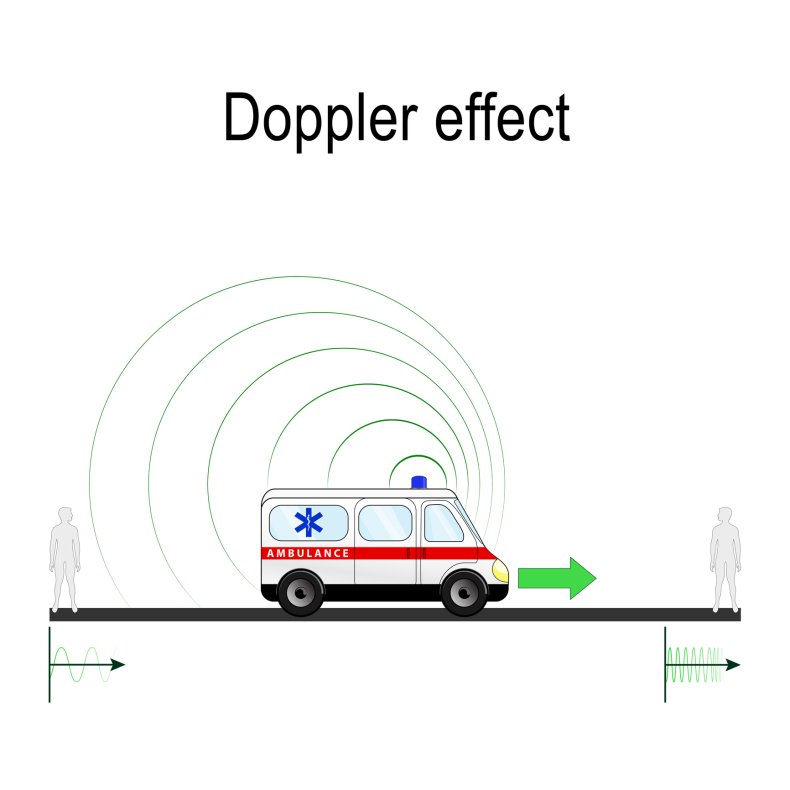The James Webb Space Telescope (JWST) has been loaded onto the Ariane 5 rocket that will carry it into space, where it will make historic observations of the Universe.
On Tuesday, NASA reported that the JWST, loaded inside the rocket, had arrived at its final location on Earth, the Arianespace ELA-3 launch complex at Europe's Spaceport located near Kourou, French Guiana.
There, NASA says, the JWST team will run electrical diagnostics to ensure all lights are green for launch. The observatory will be powered on while at the launch pad, ensuring all systems have power and are operational prior to liftoff.
The rocket carrying the JWST is scheduled to launch at 7:20 a.m. ET on Saturday, December 25, 2021. Space enthusiasts can countdown to the JWST launch with NASA on its JWST/ Goddard Space Flight Center website.
Where To Watch The James Webb Launch
Amber Straughn, Webb's deputy project scientist for communications, explained how the launch from Kourou could be watched by the general public.
Straughn said: "NASA and its partners are planning a launch broadcast celebration that will be viewable in several different ways. Live countdown commentary and launch broadcast will begin at 6 a.m. EST (11:00 UTC) on December 25 and air on NASA Television and the agency's website, as well as YouTube, Twitter, Facebook, LinkedIn, Twitch, Daily Motion, Theta.TV, and NASA's App."
She continued by explaining that the launch would also be visible to Facebook users who join a live event on the platform.
The launch window for the JWST carrying rocket opens at 7:20 a.m. ET, and lasts for 31 minutes. It could potentially launch at any point in this window.
The JWST is set to make history for astronomy. It is the most powerful space telescope humanity has ever launched. NASA calls the telescope a successor to the Hubble Space Telescope, which has been imaging the Universe since its launch in 1990.
The JWST will observe the cosmos in infrared regions of the electromagnetic spectrum, at longer wavelengths than Hubble can see. This allows it to see objects at greater distances than Hubble because very distant objects undergo a process called redshift.
Redshift and The Doppler Effect
Redshift is similar to the Doppler effect we experience here of Earth with sound. Imagine an ambulance speeding towards you, the sound traveling from it "bunches up and is compressed. This makes it sound higher in pitch.
When the ambulance passes you, the soundwaves are stretched out causing the siren to sound lower in pitch.

The same happens with light from distant objects like galaxies, stars, and supernovas. When these objects travel towards Earth, the light from them is compressed into shorter wavelengths and high frequencies, towards the blue end of the electromagnetic spectrum (blue-shifted).
The wavelength of light from cosmic objects moving away from us is stretched rather than scrunched. This gives its a longer wavelength and lower frequency, moving it towards the red end of the electromagnetic spectrum. Hence the description "redshift."
Because of the accelerating expansion of the Universe, truly distant objects are always redshifted, and the farther away they are the more they are redshifted, often into the infrared region of the electromagnetic spectrum.
While this takes these galaxies, stars, and events out of the view of Hubble, the infrared region is where the JWST has been engineered to spot them.
Because light takes a finite time to travel to us, this means that the further away an object is, the further back in time we are seeing them. The JWST is so powerful that it will be viewing galaxies as they existed as early as 100 million years after the Big Bang.
This represents the point at which our 13.8 billion-year-old Universe was in its infancy, and could reveal more about how the Universe has evolved and changed than any other scientific investigation in history.
The JWST won't completely replace Hubble, however, as they both "see" the cosmos in very different ways. NASA says: "Webb will primarily look at the Universe in the infrared, while Hubble studies it primarily at optical and ultraviolet wavelengths.
The JWST will also be further out into space than Hubble, which is in a very close orbit around the Earth at an altitude of about 340 miles. while Webb will be over 93,000 miles away at the stable orbital point called the second Lagrange (L2) point.
In addition to its ability to see infrared light better, the JWST also has a much bigger mirror than Hubble, 6.5 meters compared to 2.4 meters. This larger light-collecting area also helps the new telescope to peer farther back into time than Hubble can.
It is little wonder excitement is growing for the launch. Straughn concluded: "I personally cannot believe the day is almost here. I'm so very excited for launch!"


Post a Comment